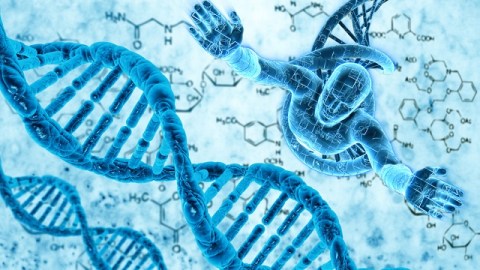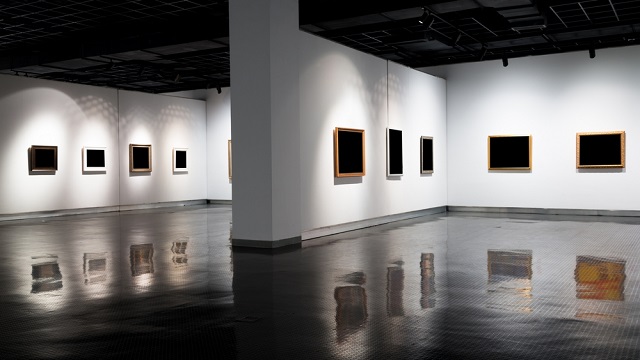Is It Legal To Create Art From “Abandoned” DNA?

What’s the Latest Development?
Artist Heather Dewey-Hagborg’s latest project — facial sculptures based on DNA data collected from abandoned cigarette butts, chewing gum, and other street trash — has garnered attention from many different directions, including those who question the legality of her effort. Since 1996, the state of New York has had a law banning DNA testing without written consent. However, since she gathered her material literally from the street, Dewey-Hagborg couldn’t obtain consent. Further clouding the issue is her argument that the project isn’t violating anyone’s privacy because the sculptures aren’t exact facial duplicates.
What’s the Big Idea?
The project highlights the new challenges faced in a world where DNA can be collected and analyzed with increasing ease. So far, US courts haven’t required law enforcement officials to obtain a warrant before collecting suspects’ genetic information, but now that the average citizen can order tests on items carrying someone else’s DNA, calls for revamped laws are growing louder. No less a body than the US Presidential Commission for the Study of Bioethical Issues has recommended an overhaul of genetic privacy legislation.
Photo Credit: Shutterstock.com





